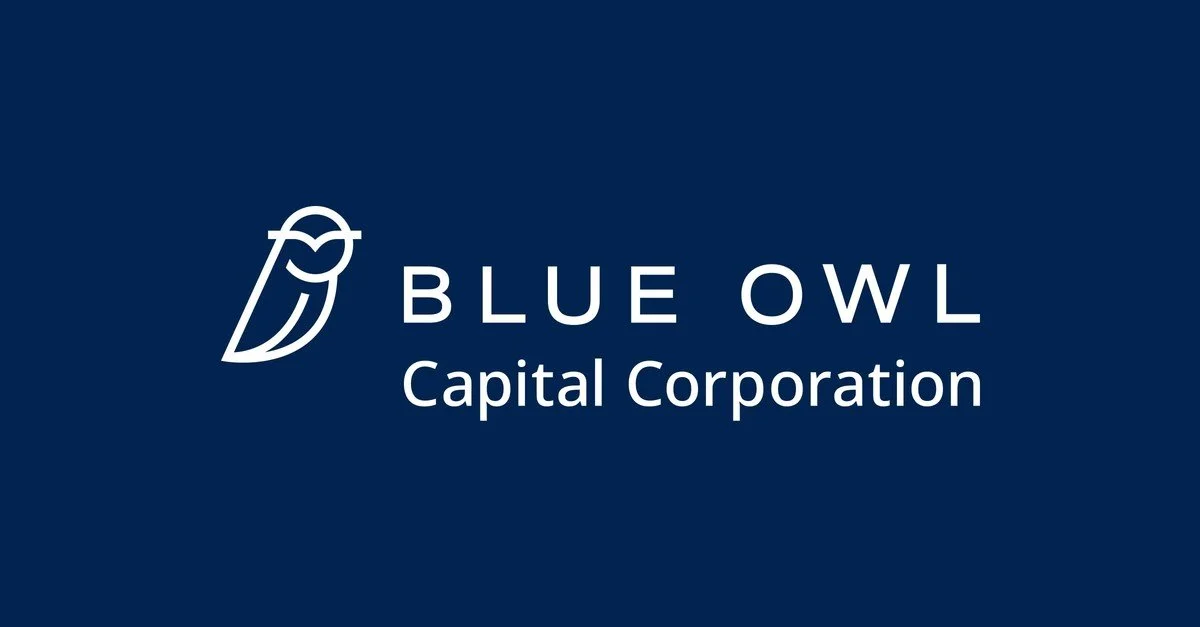KRC | Q3 2025
The content provided on this website, including any communications, posts, videos, social media interactions, and other materials, is for informational and educational purposes only. It should not be considered as financial or investment advice. Read our full disclaimer here.
Links
Link to Transcript
Link to 10-Q
Overview
FFO of $1.08 beats by $0.11.
Revenue of $279.7M (-3.5% Y/Y) beats by $7.57M.
KEY Takeaways
FFO came in at $1.08 per share, with modest same-property NOI growth, and occupancy improving to 81%. With that, full-year FFO guidance was raised to a range of $4.18–$4.24 per share.
San Francisco is showing faster-than-expected recovery, with office demand reaching about nine million square feet—driven largely by AI and tech firms.
Leasing performance was the best third quarter in six years, with over 550,000 square feet signed.
The company has reduced 2026 expirations to roughly 970,000 square feet, achieving a tenant retention rate above 40%.
Kilroy signed 84,000 square feet at Oyster Point Phase 2 and expects to exceed 100,000 square feet by year-end, setting up long-term growth at the project.
Tenant demand is shifting toward higher-quality, collaborative spaces rather than discounted rents. Sublease supply is shrinking, and AI companies now represent roughly 30% of active demand in San Francisco.
NOTES
Kilroy Realty (KRC) entered the back half of 2025 with very solid momentum, particularly in its main West Coast markets. The tone of the call was grounded but optimistic: leasing interest is picking up, investor sentiment toward coastal offices is improving, and overall, management believes the company is well-positioned heading into 2026.
Return-to-office trends continue to improve, especially in San Francisco, where office demand reached a post-pandemic high of roughly nine million square feet—up from seven million last quarter. Much of that is being driven by AI and technology companies.
Kilroy’s SoMa properties are benefiting directly from this rebound. Tour activity there climbed 170% year over year, highlighted by a full-floor headquarters lease with Tubi at 201 Third Street and the first new lease at 360 Third Street since 2022. While the city still has ground to recover, leasing trends are clearly improving.
Across the portfolio, Kilroy signed more than 550,000 square feet of new and renewal leases during the quarter—the strongest third-quarter performance in six years.
Renewals with tenants like Scripps in San Diego and SCAN in Long Beach provided stability, while additional deals signed after quarter-end brought total 2026 lease expirations down to about 970,000 square feet, with a retention rate above 40%.
With most of the major renewals now addressed, management said the focus will shift toward new leasing opportunities as tenant conviction continues to build across all markets.
The life science segment also showed strength. Biotech stocks have rebounded, M&A activity has picked up, and Kilroy is starting to see that momentum translate into leasing.
At Kilroy Oyster Point Phase 2, the company has signed 84,000 square feet of leases with Color, MBC BioLabs, and Acadia Pharmaceuticals and expects to surpass its 100,000-square-foot goal by year-end. Management framed these initial deals as the foundation for a long-term ecosystem of biotech and innovation tenants that will drive growth over the coming years.
Regarding capital allocation, Kilroy continued to recycle capital with discipline—selling a Silicon Valley campus for $365 million and acquiring Maple Plaza, a Class A Beverly Hills office property, for $205 million.
Management described Maple Plaza as a rare opportunity in a supply-constrained submarket with strong leasing prospects, noting that the purchase price was well below replacement cost and that early leasing activity has been encouraging.
The company also continues to make progress on its Flower Mart redevelopment in San Francisco. Kilroy recently submitted four potential design and use scenarios to the city—ranging from commercial to mixed-use—to preserve flexibility and maximize long-term value. Discussions with city officials have been constructive, and interest capitalization is expected to continue through mid-2026 while entitlements advance.
Financial results for the quarter were pretty steady overall. FFO came in at $1.08 per share, helped by a few small one-time gains, and same-property NOI increased a little bit.
Occupancy improved slightly to 81%, aided by earlier-than-expected rent commencements on about 200,000 square feet. On the back of that, the company raised its full-year FFO guidance to a range of $4.18–$4.24 per share.
In the Q&A, analysts focused on leasing sustainability, life science economics, and San Francisco’s recovery. Management noted that tenant preferences in San Francisco are shifting from discounted “bargain” space to high-quality, well-located offices that support collaboration and culture.
Sublease availability has declined meaningfully, and AI companies now represent about 30% of active demand in the city. In the life science portfolio, rents remain roughly in line with underwriting, though construction and tenant improvement costs have risen.
Kilroy also addressed the bankruptcy-related departure of NeueHouse in Hollywood—a near-term headwind, but one the company expects to offset given strong interest in the unique, high-quality space.
Overall, the quarter reinforced the fact that the West Coast is making a comeback. Although the road ahead still has some challenges, the company appears well-positioned to weather them and benefit as demand continues to strengthen into 2026.




Revenue of $1.88B (+4.4% Y/Y) beats by $10M. Non-GAAP EPS of $1.96 beats by $0.09.